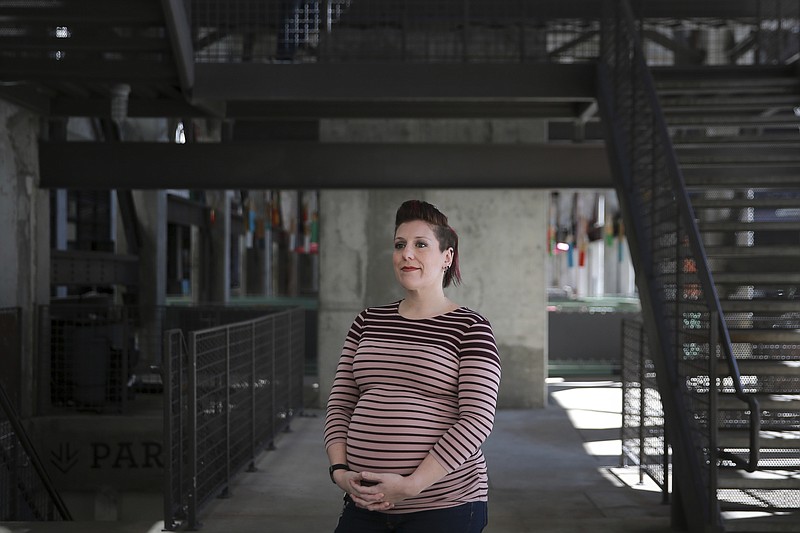WASHINGTON (AP) — A surprisingly strong burst of job growth over the past year has led many economists to wonder: Where are all the workers coming from?
As recently as last spring, analysts had worried hiring would slow as the pool of unemployed shrank. Many employers have complained for years they could no longer find enough people to fill their open jobs.
Turns out they were both wrong.
The pace of hiring in 2018 was the most robust in three years, and for a surprising reason: Many more people have decided to look for work than experts had expected. The influx of those job seekers, if sustained, could help extend an economic expansion that is already the second-longest on record.
The growth in America’s workforce — made up of people either working or looking for work — has helped reverse an alarming consequence of the recession: The exit of millions of Americans from the job market.
For five years after the Great Recession ended in 2009, many Americans gave up on their job hunts. Some suffered from disabilities. Others enrolled in school or stayed home to raise children. Still others were stymied by criminal pasts or failed drug tests. Some just felt discouraged by their job prospects. Because they weren’t actively seeking work, they weren’t even counted as unemployed.
Economists had speculated that millions of these people lacked necessary qualifications or were otherwise deemed undesirable by employers and might not work again. That meant stronger hiring wouldn’t necessarily help them.
Yet for the past few years it has. The proportion of Americans ages 25-54 who have a job has reached nearly 80 percent — the same as before the recession. Economists refer to this age group as “prime-age” workers. It excludes older Americans who have retired and younger workers who may be in school.
Other factors that have held some people back from seeking work have included the high cost of child care and a lack of paid leave. Research suggested such costs have held back the workforce participation rate of prime-age U.S. women, a rate that trails those in most other industrialized countries.
Child care costs delayed the return of Valarie Regas, of Atlanta, to the job market after she gave birth to her second child in 2012. Regas wanted to go back, but most of the jobs she found didn’t pay enough to cover child care. So she remained mostly out of the job market for five more years.
After completing a coding boot camp at Georgia Tech, Regas was hired last year by a division of the European aerospace giant Airbus. The company initially wanted someone with more experience, she said. But after she pitched them on her enthusiasm and willingness to learn, she was hired as a software programmer.

